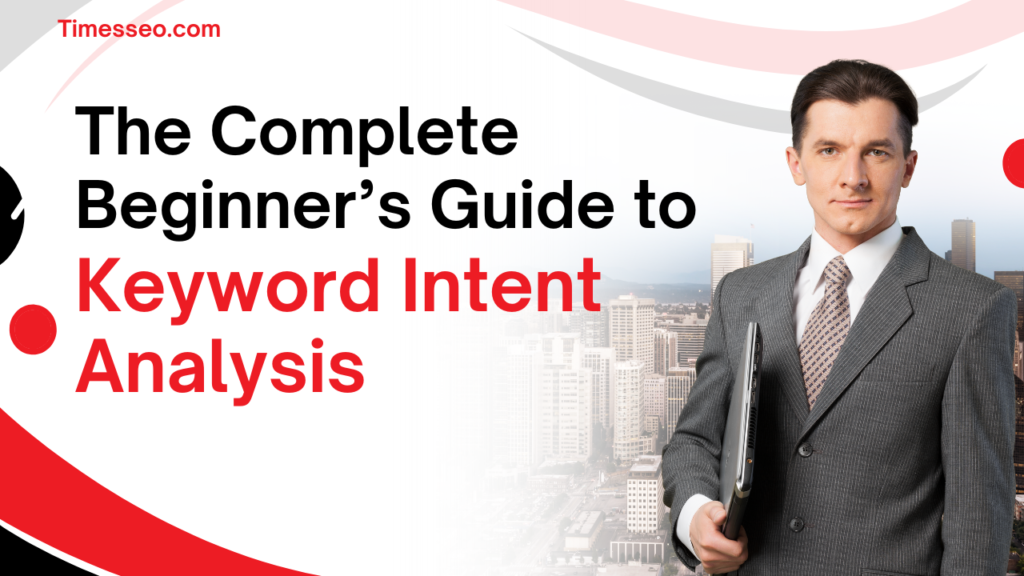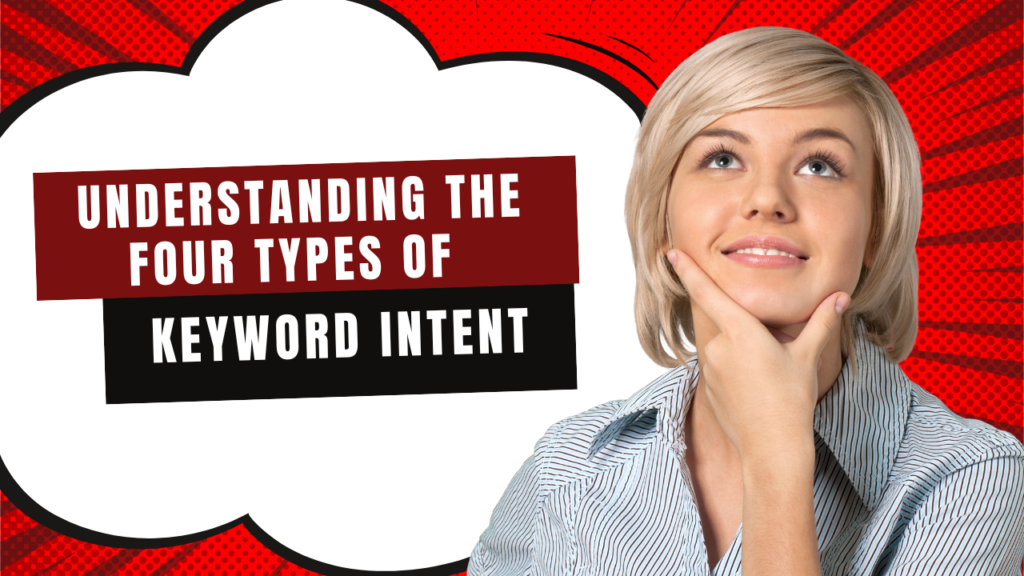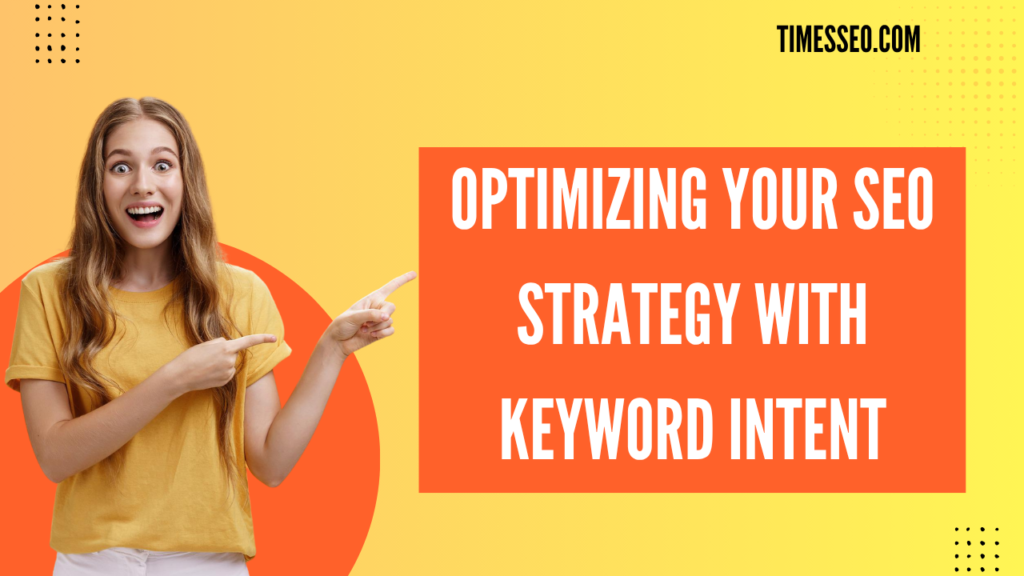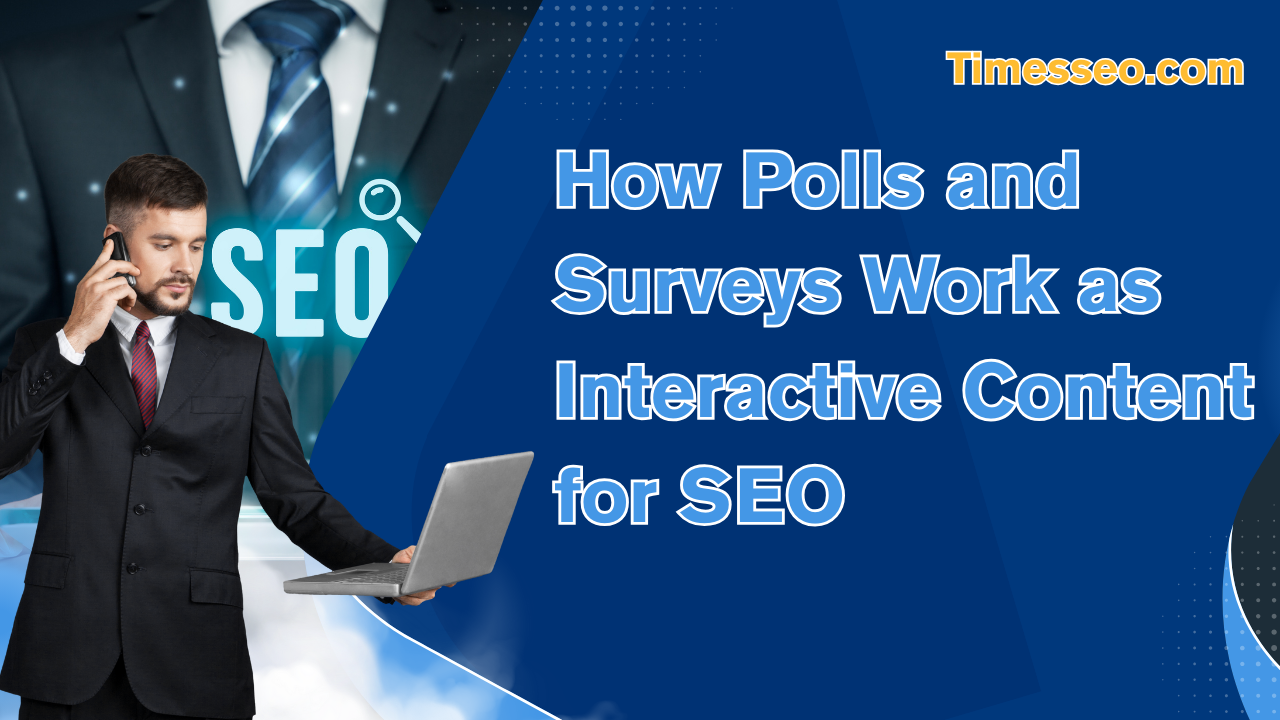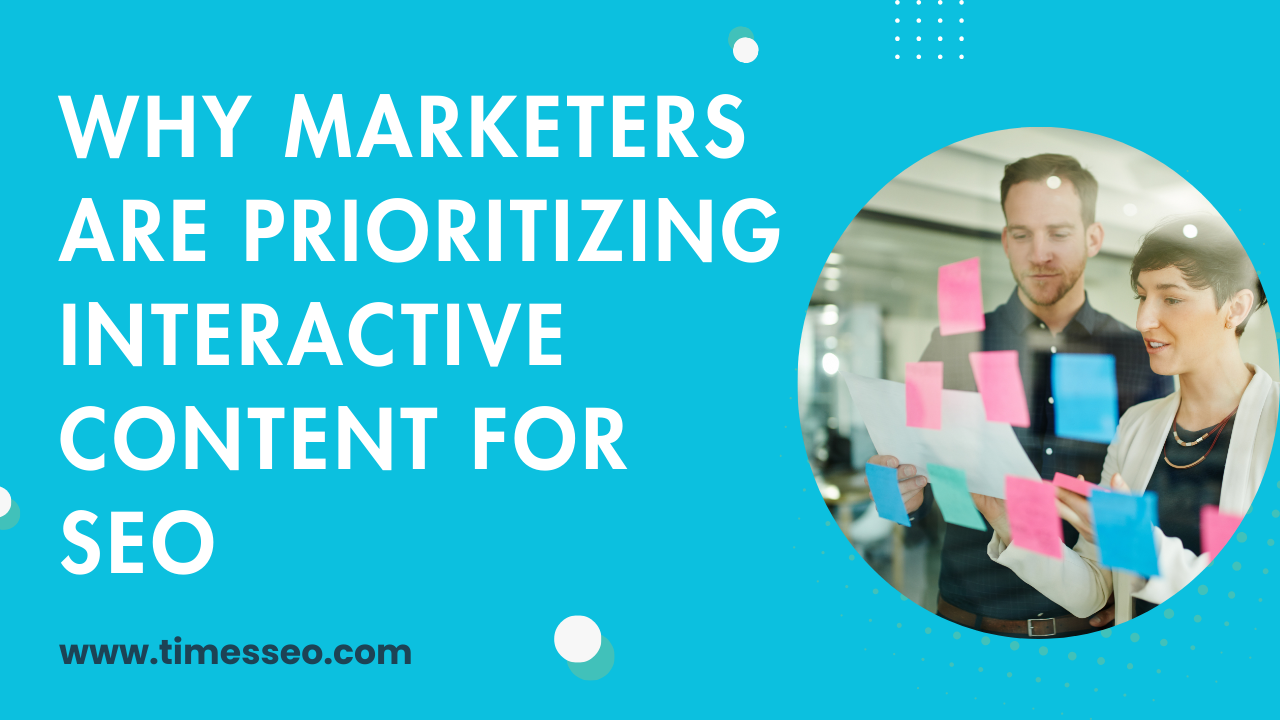
The Complete Beginner’s Guide to Keyword Intent Analysis
Learn the basics of keyword intent analysis and how it can transform your SEO and content strategy. This beginner-friendly guide explains the different types of search intent, how to identify them, and how to align your content with what users are really looking for—helping you drive more relevant traffic and conversions.
Table of Contents
Introduction
What is Keyword Intent?
Keyword intent—also called search intent—refers to the reason behind a user’s search query. In simple words, it answers the question: What does the searcher want to do?
Do they want to learn something? Buy something? Compare products? Find a specific site?
Understanding this intent is crucial because it helps you serve exactly what the user is looking for, increasing your chances of getting traffic, engagement, and conversions.
Why Keyword Intent Matters in SEO and Content Strategy
Let’s say someone searches for “best budget laptops 2025.” Are they ready to buy? Not quite—they’re still comparing. If you send them to a product page, they might bounce. But if you give them a well-written buying guide, they’ll stick around—and maybe even convert later.
Search intent aligns your content with your audience’s needs. It turns guesswork into precision.
Understanding the Four Types of Keyword Intent
Informational Intent
Users are looking for answers or insights.
Examples:
- “How to bake a cake”
- “What is intermittent fasting”
- Content to use: Blog posts, guides, tutorials.
Navigational Intent
Customers want to visit a specific website or brand.
Examples:
- “Facebook login”
- “Nike store near me”
Content to use: Brand pages, category pages, landing pages.
Transactional Intent
Users are ready to take action—usually purchase.
Examples:
- “Buy running shoes online”
- “Cheap headphones under 1000”
Content to use: Product pages, limited-time offer pages.
Commercial Investigation Intent
Users are comparing products or services before deciding.
Examples:
- “Best DSLR cameras under 50000”
- “Grammarly vs ProWritingAid”
Content to use: Comparisons, reviews, listicles.
How to Identify Keyword Intent
Analyzing the Keyword Phrase Structure
Certain words give away intent:
- “Buy,” “cheap,” “discount” = Transactional
- “Best,” “top,” “vs” = Commercial
- “How,” “what,” “why” = Informational
- Brand names = Navigational
Looking at SERP Features
Google gives clues. Look for:
- Featured Snippets = Informational
- Shopping Ads = Transactional
- Site Links = Navigational
- Reviews/Top Lists = Commercial
Making Use of Related Searches and “People Also Ask” on Google
These areas show what else users want to know. They’re a goldmine for understanding deeper intent behind keywords.
Tools to Help Analyze Keyword Intent
SEMrush Keyword Intent Tool
automatically determines whether the intent is commercial, transactional, navigational, or informational. Saves time for bulk analysis.
Ahrefs Keyword Explorer
Gives search volume, difficulty, and SERP preview—perfect to understand the type of content ranking for your keyword.
Google Search Console
Use past performance to identify which keywords lead to conversions or long dwell time—indicating intent match.
Ubersuggest
Helps analyze keyword variations and questions people ask. Good for beginners with a limited budget.
Matching Content Type to Keyword Intent
Blog Posts for Informational Queries
Answer questions clearly. Think “how-to guides” and “step-by-step” content.
Product Pages for Transactional Queries
Focus on CTA buttons, product features, and benefits. Keep it crisp.
Comparison Guides for Commercial Investigation
Make lists, charts, and pros/cons tables. Help users compare without leaving your page.
Category Pages for Navigational Queries
Optimize for brand and category searches. Make navigation easy and fast.
Keyword Intent and the Buyer’s Journey
Awareness Stage = Informational
Users are just becoming aware of their problem. Offer helpful, no-pressure content.
Consideration Stage = Commercial Investigation
They’re exploring options. Help them compare and understand features.
Decision Stage = Transactional
They’re ready to buy. Offer promotions, testimonials, and fast checkout.
Optimizing Your SEO Strategy with Keyword Intent
Creating Intent-Driven Content Clusters
Group keywords with similar intent. One landing page can’t serve both “how to train a dog” and “buy dog collar.”
Enhancing On-Page SEO Based on Intent
Use intent-aligned headlines, meta descriptions, and calls-to-action. Match the user’s mood.
Improving Internal Linking According to User Journey
Link informational pages to commercial ones, and commercial to product pages—guide users through the funnel.
Real-World Examples of Keyword Intent
Keyword | Intent | Best Content Type |
“How to train for a marathon” | Informational | Blog post or tutorial |
“Nike running shoes” | Navigational | Brand landing page |
“Buy Asics Gel Kayano online” | Transactional | Product page |
“Best running shoes for flat feet” | Commercial Investigation | Comparison blog or listicle |
Common Mistakes in Keyword Intent Targeting
Misaligning Content with Intent
Writing a buying guide when users want a blog, or a sales pitch when they want to learn—leads to high bounce rates.
Targeting Only High-Volume Keywords
Some low-volume, high-intent keywords convert like crazy. Don’t ignore them.
Ignoring Intent in PPC Campaigns
Don’t bid on “how to use treadmill” if you’re selling one. Save that budget for “buy treadmill online.”
Tips for Beginners to Master Keyword Intent
Start Small with Clear Intent Phrases
Target long-tail keywords with specific intent. Easier to rank, easier to convert.
Use SERP Analysis as a Guide
Google is the best teacher. Study the top 10 results and match what’s working.
Map Keywords to Your Funnel
Each keyword belongs to a stage: awareness, consideration, or decision. Create content accordingly.
Conclusion
Keyword intent analysis is like reading your audience’s mind. It assists you in providing the appropriate content to the appropriate individual at the appropriate time. Instead of just chasing volume, you focus on relevance and value—and that’s where the real SEO magic happens. Whether you’re writing blog posts, building product pages, or launching ad campaigns, understanding search intent makes everything work better.
Start simple, stay consistent, and let the data guide your strategy.
Frequently Asked Questions
Look at the wording (buy, how, best, etc.) and check the search results. SERPs reveal what people expect.
Yes. For example, a keyword like “remote jobs” may shift from informational to transactional depending on market trends.
If your site supports different stages of the funnel, yes. Diversify your content to match multiple intents.
Commercial is about comparing or researching before buying. Transactional is when the user is ready to purchase now.
How does keyword intent affect PPC ads?
Table of Contents
Popular Posts
-
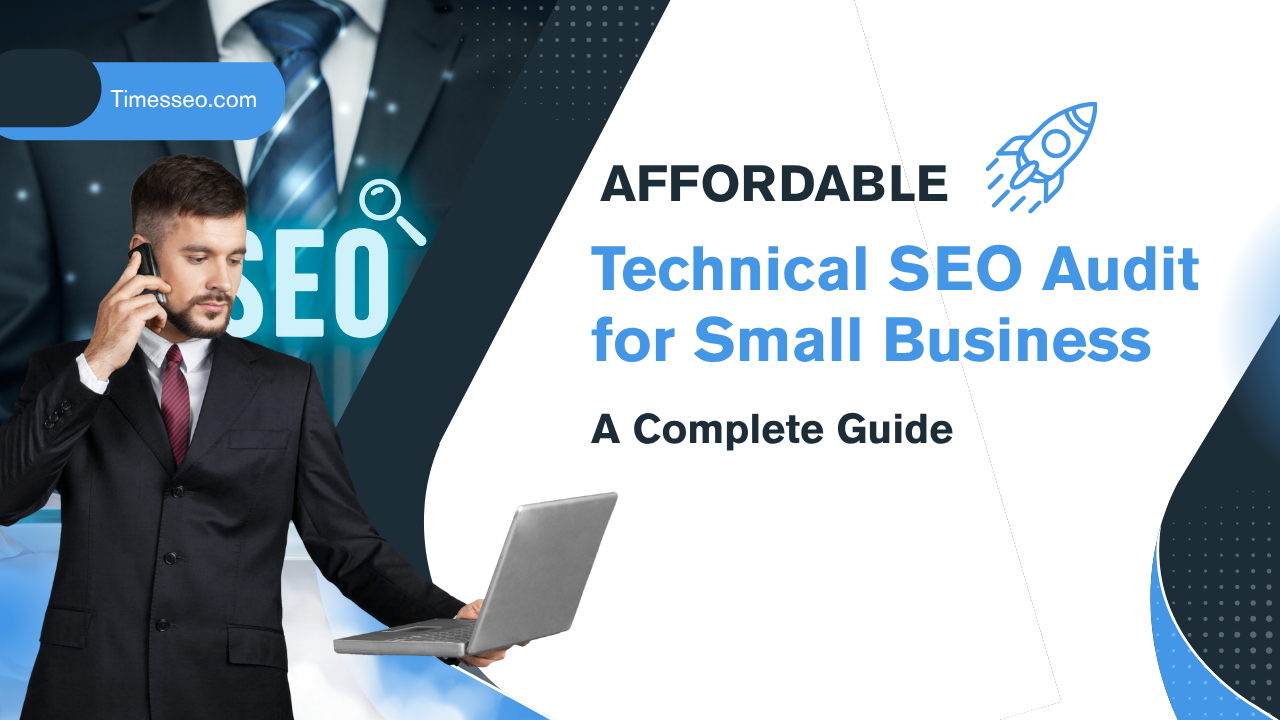 Affordable Technical SEO Audit for Small Business: A Complete Guide26 Jun 2025 SEO Audits
Affordable Technical SEO Audit for Small Business: A Complete Guide26 Jun 2025 SEO Audits -
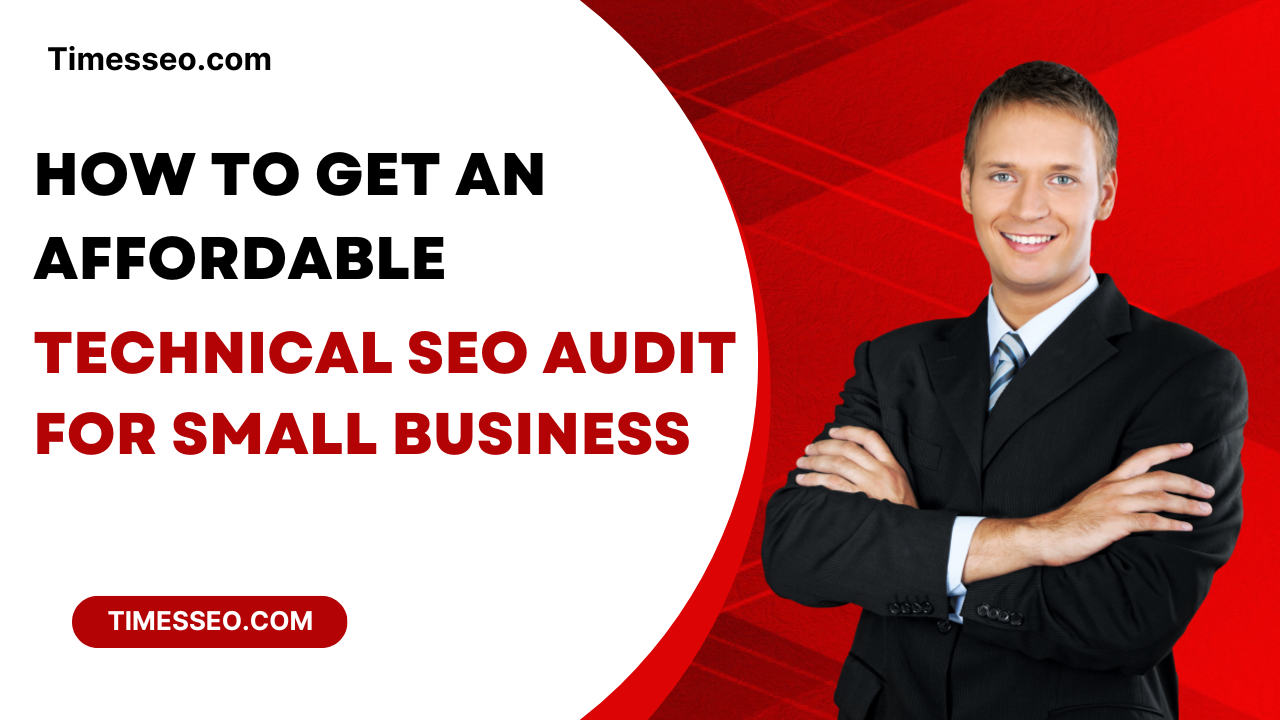 How to Get an Affordable Technical SEO Audit for Small Business27 Jun 2025 SEO Audits
How to Get an Affordable Technical SEO Audit for Small Business27 Jun 2025 SEO Audits -
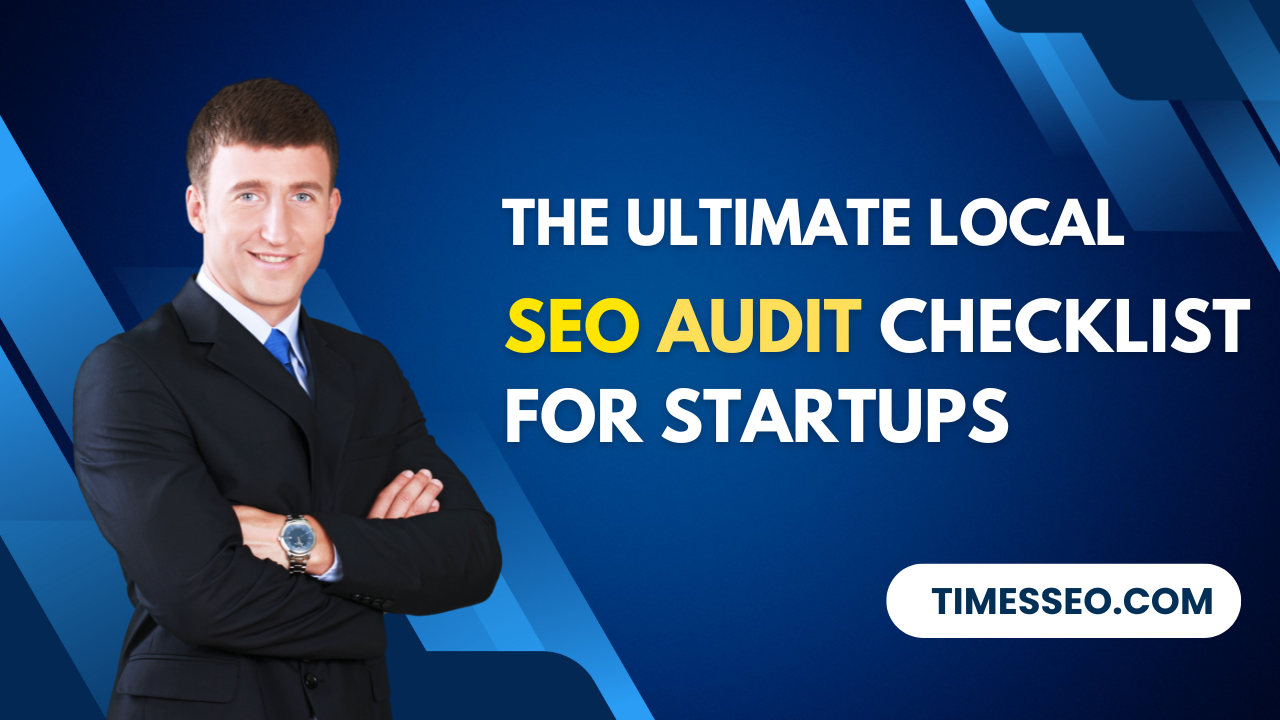 The Ultimate Local SEO Audit Checklist for Startups28 Jun 2025 SEO Audits
The Ultimate Local SEO Audit Checklist for Startups28 Jun 2025 SEO Audits -
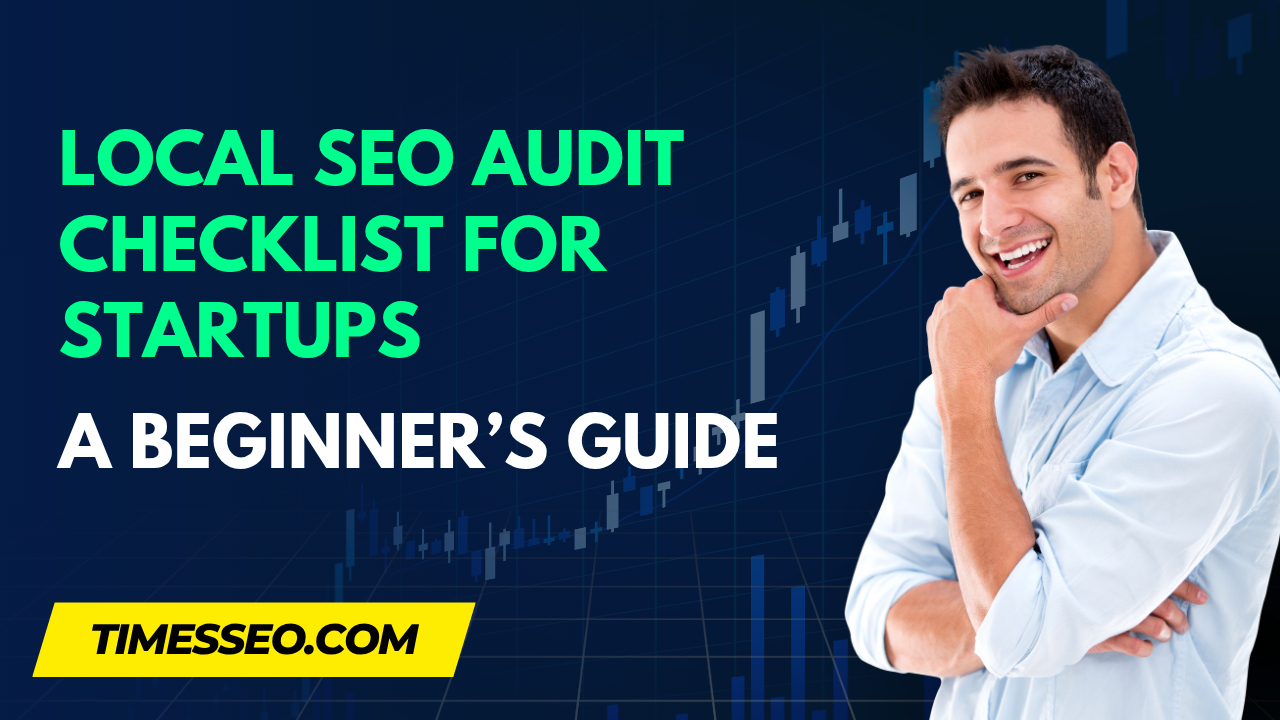 Local SEO Audit Checklist for Startups: A Beginner’s Guide28 Jun 2025 Affiliate Marketing
Local SEO Audit Checklist for Startups: A Beginner’s Guide28 Jun 2025 Affiliate Marketing -
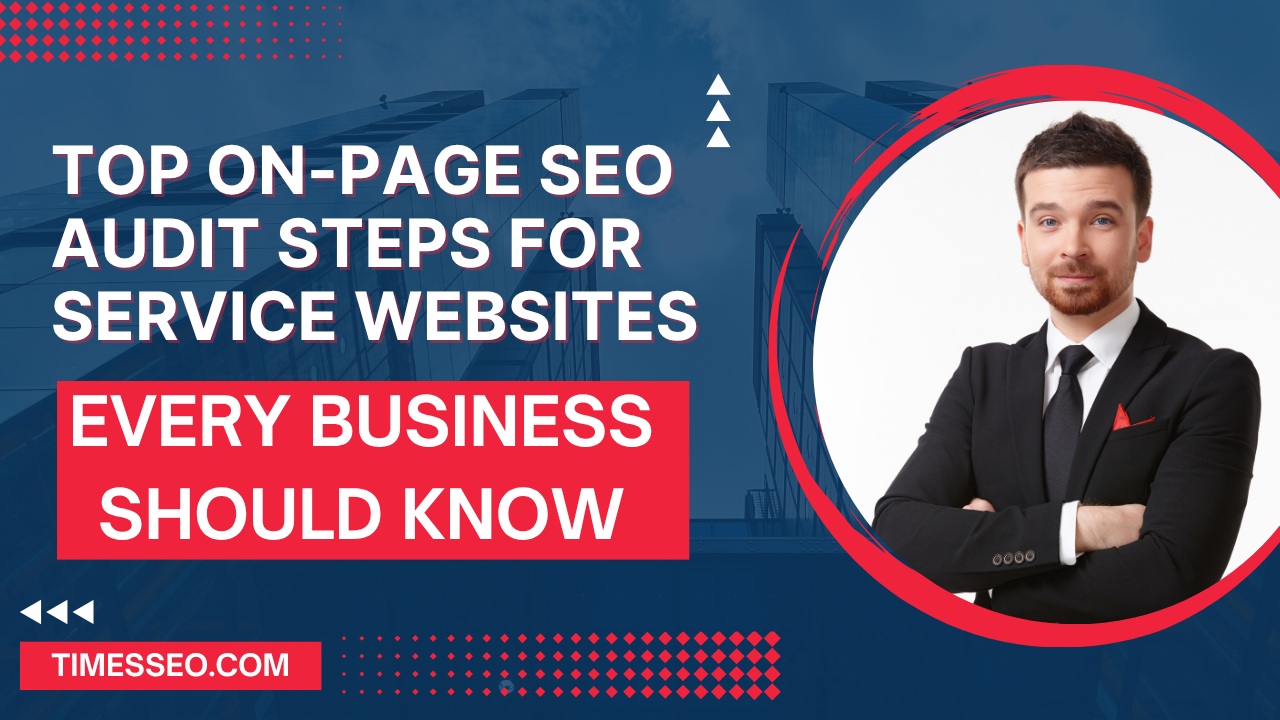 Top On-Page SEO Audit Steps for Service Websites Every Business Should Know29 Jun 2025 Affiliate Marketing
Top On-Page SEO Audit Steps for Service Websites Every Business Should Know29 Jun 2025 Affiliate Marketing -
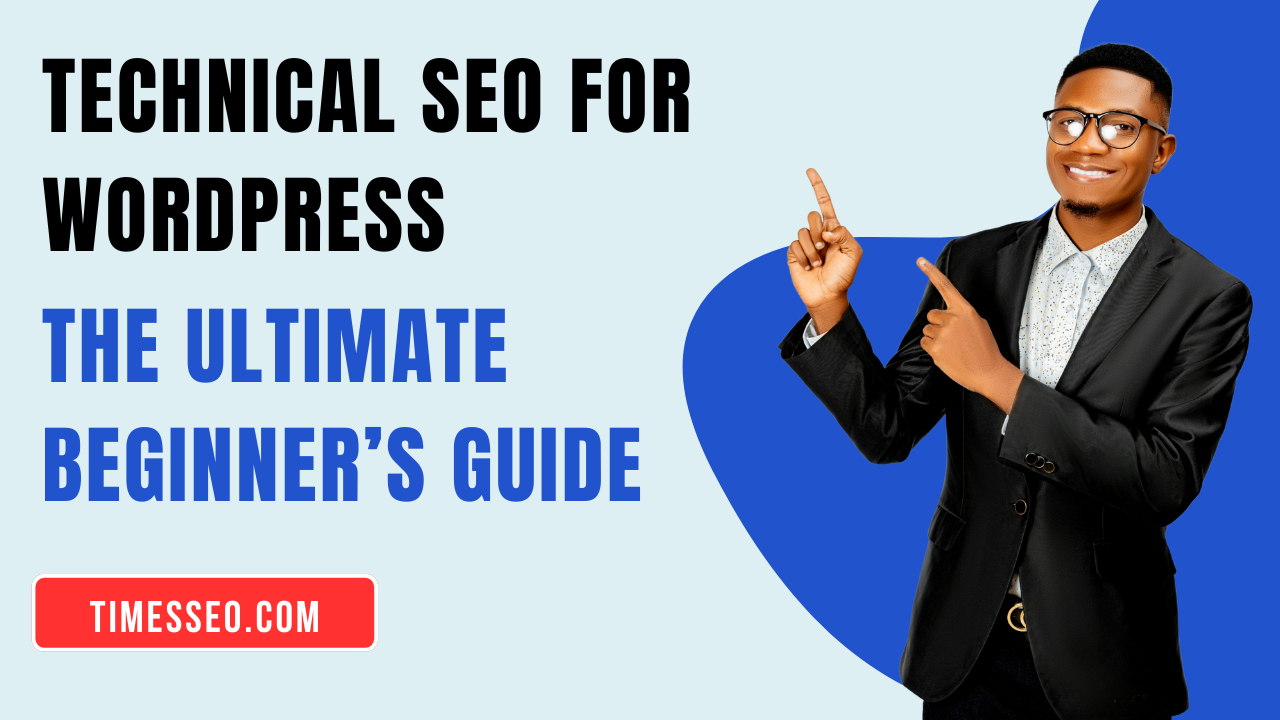 Technical SEO for WordPress: The Ultimate Beginner’s Guide01 Jul 2025 Affiliate Marketing
Technical SEO for WordPress: The Ultimate Beginner’s Guide01 Jul 2025 Affiliate Marketing -
 The Impact of On-Page SEO Audit Steps for Service Websites on UX01 Jul 2025 On Page Seo
The Impact of On-Page SEO Audit Steps for Service Websites on UX01 Jul 2025 On Page Seo -
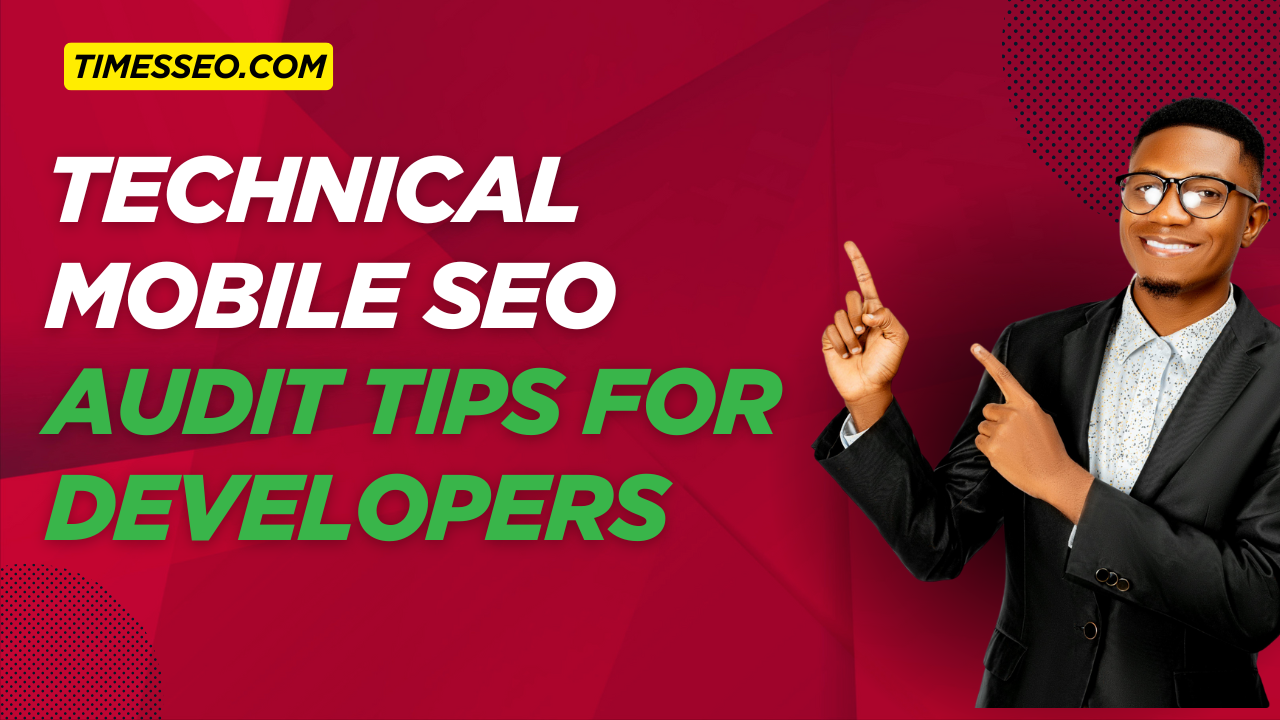 Technical Mobile SEO Audit Tips for Developers02 Jul 2025 Affiliate Marketing
Technical Mobile SEO Audit Tips for Developers02 Jul 2025 Affiliate Marketing -
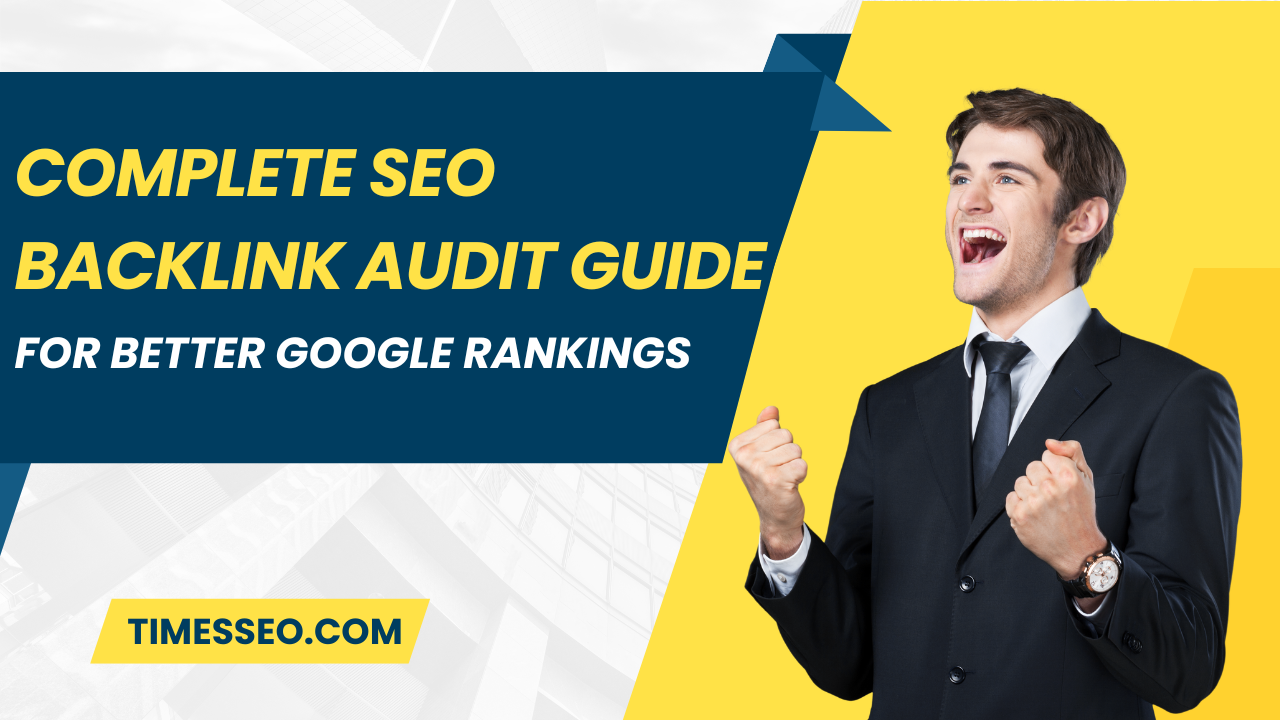 Complete SEO Backlink Audit Guide for Better Google Rankings03 Jul 2025 SEO Audits
Complete SEO Backlink Audit Guide for Better Google Rankings03 Jul 2025 SEO Audits -
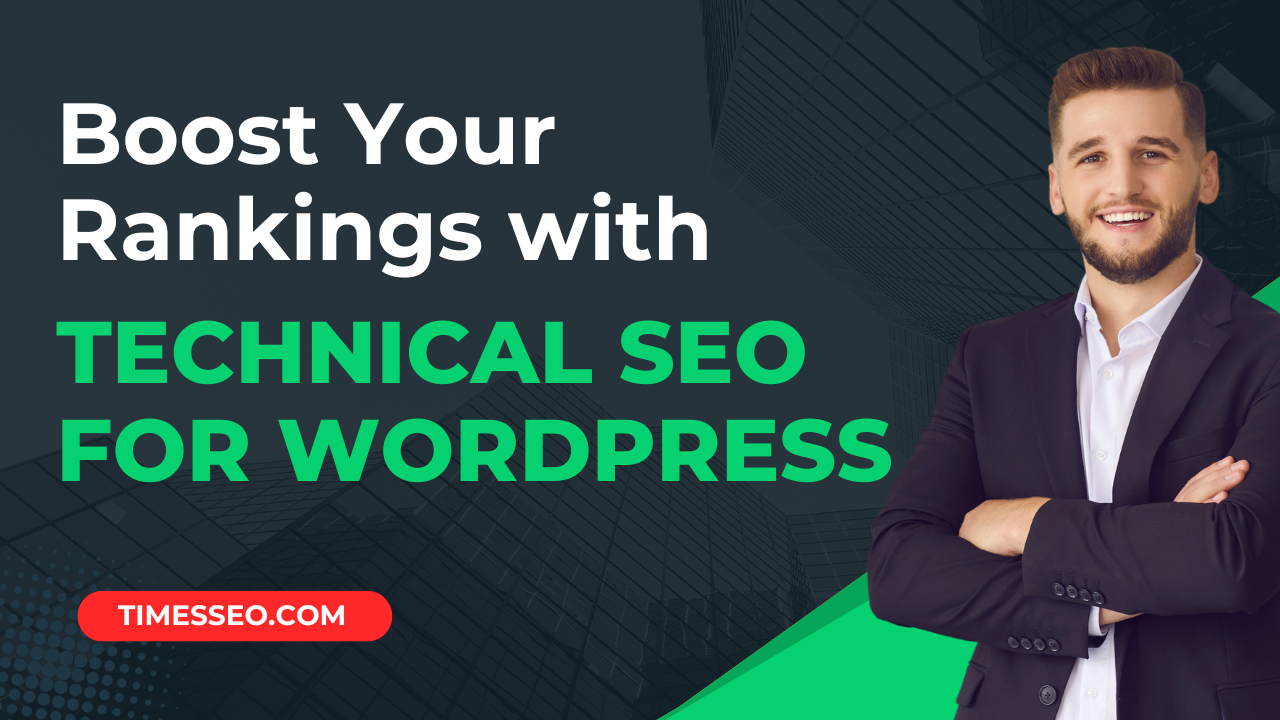 Boost Your Rankings with Technical SEO for WordPress01 Jul 2025 Technical Seo
Boost Your Rankings with Technical SEO for WordPress01 Jul 2025 Technical Seo

